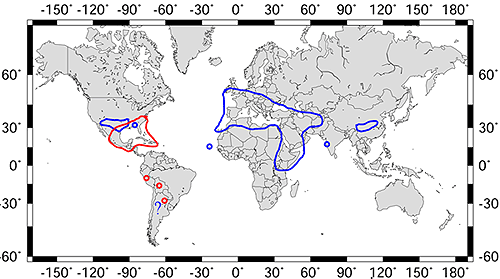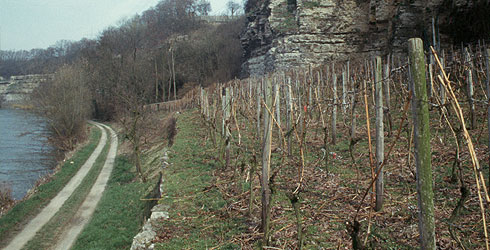Distribution and habitat

Worldwide ranges of P. squarrosa (blue) and P. luteola (red).
Distribution
Pleurochaete squarrosa is widely distributed in:
- Southern North America (southern United States, Mexico)
- Macaronesian Islands
- Mediterranean Europe
- North Africa to East Africa (Djibouti, Ethiopia, Kenya, Tanzania)
- Asia (Turkey, Iraq, Iran, northern India, China).
In Europe, its distribution extends to thermophilous sites as far north as England and Wales, the Netherlands, and northern Germany.
Its sister species - Pleurochaete luteola is entirely neotropical (south-eastern United States, around the Gulf of Mexico and scattered throughout South America.)
Habitat
It is a terricolous (growing on soil), thermophilous, and photophilous genus with a Mediterranean to sub-Mediterranean distribution type.
Its main habitats are open, dry grasslands and open pastures on limestone ground, particularly those with rocky outcrops.
Common in Mediterranean macchia and pinewood vegetation, it is also abundant in human-made habitats like vineyards, secondary open grasslands along roads, disturbed places and recently burned areas.
Although it is most common in limestone areas, it is fairly indifferent to soil pH and is widespread on sandy soils, including dunes.

A man-made habitat: A vineyard in the Neckar valley, SW-Germany.
-
Population biology
Find out about trends and changes in the distribution of Pleurochaete squarrosa and why it is an ideal candidate for studying the distribution of Mediterranean bryophytes in relation to climate change.